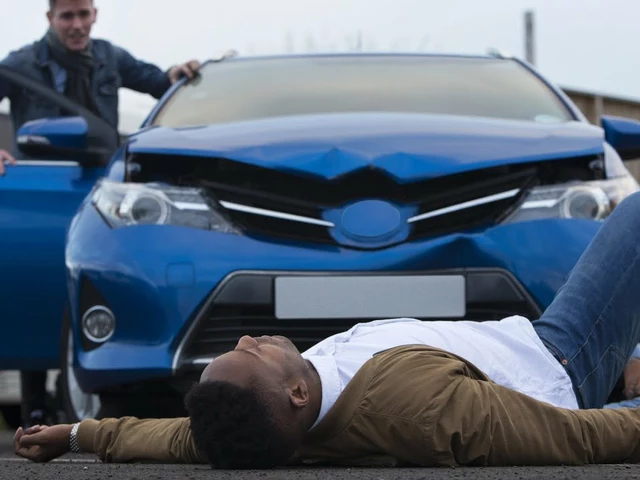Car Accidents: What Causes Them and How You Can Stay Safe
Ever wonder why so many drivers end up in a crash? It’s not just bad luck – most accidents have clear, preventable reasons behind them. In this guide we’ll break down the most common causes, give you simple steps to cut the risk, and walk you through the exact things to do if you’re ever in a wreck. Grab a coffee and let’s get into the details that can actually keep you safe.
Common Causes of Car Accidents
Speeding tops the list. When you push the gas past the limit, you lose reaction time and the car’s grip on the road. Even a few extra miles per hour can turn a near‑miss into a serious pile‑up. Distractions are next – think texting, eating, or fiddling with the radio. Your eyes leave the road for just a second, and that’s all it takes for something to go wrong.
Alcohol and drugs impair judgment, slow reflexes, and blur vision. The numbers speak for themselves: drivers under the influence are many times more likely to crash. Poor weather – rain, fog, snow – reduces traction and visibility, making every turn feel slippery. Finally, faulty vehicle parts like worn brakes or bald tires can fail at the worst moment.
How to Stay Safe and Respond
Staying safe starts with habits. Keep your speed at or below the posted limit, especially in rain or heavy traffic. Put your phone out of reach while driving – a simple rule is to use it only when the car is parked. Regularly check your tires, brakes, and lights; a quick monthly inspection can catch problems before they become dangerous.
If you do get into an accident, stay calm and follow a clear checklist. First, move out of traffic if the car is drivable – this prevents another crash. Turn on hazard lights, and call emergency services right away. While waiting, exchange names, phone numbers, and insurance details with the other driver. Take photos of the damage, the surrounding area, and any road signs; this helps with insurance claims later.
Don’t forget to check yourself and passengers for injuries, even if they seem minor. Some injuries, like whiplash or internal bleeding, may not show up right away. If anyone feels pain, dizziness, or difficulty breathing, get medical help immediately. And remember, it’s okay to let the police handle the scene; they’ll document everything for the record.
After the dust settles, contact your insurer as soon as possible. Provide them with the photos, police report number, and the other driver’s details. The quicker you act, the smoother the claims process will be. Meanwhile, keep a simple log of any medical visits or car repair receipts – this backs up any expenses you need to claim.
Bottom line: most car accidents aren’t random, they’re preventable. By staying aware, keeping your vehicle in good shape, and knowing exactly what to do after a crash, you dramatically lower the risk and make recovery easier. Drive smart, stay safe, and you’ll be doing your part to keep the roads safer for everyone.



